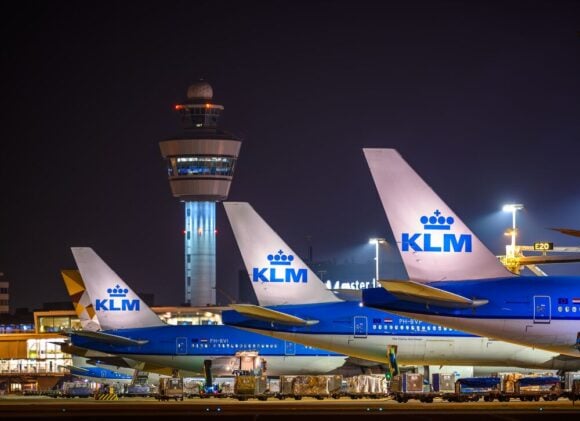Hundreds of flights were delayed last week, creating chaos at Delhi Airport, India’s busiest aviation hub, after an unusual air traffic control (ATC) system glitch crippled operations. The disruption has prompted the government to order an urgent upgrade of critical ATC systems across the world’s fastest-growing aviation market.
More than 800 flights were delayed from Thursday evening after Delhi’s ATC unit detected a malfunction in the Automatic Message Switching System (AMSS) — the platform used to process and transmit flight plans. The failure forced controllers to input flight data manually.
Every flight plan — detailing routing, fuel requirements, altitude, and weather parameters — had to be generated by hand, a process that takes several minutes per aircraft. With hundreds of departures and arrivals scheduled each hour, the entire operation slowed sharply.
“Primarily, it seems to be a software problem,” said Satyajit Dutta, retired General Manager at the Airports Authority of India (AAI). “The AMSS handles the transmission of flight plans from airlines to ATC and other airspaces. The disruption affected only this component — not the entire ATC system — which is why flights were delayed but not stopped.”
The sudden crash prompted the Civil Aviation Minister, Ram Mohan Naidu, to visit the airport on Friday to review the situation. The timing was particularly sensitive — Delhi Airport manages several VVIP flights daily, and the glitch coincided with key political travel activity as Prime Minister Narendra Modi and other leaders campaigned in eastern India. It also occurred during India’s peak travel season, marked by surging vacation demand and a surge in foreign tourist arrivals.
The AAI, which operates air navigation systems across India, has now been directed to upgrade all AMSS systems at major airports within three months. According to officials, the affected software — developed by the Electronics Corporation of India Limited (ECIL), a government-owned firm — was already being phased out.
Naidu has ordered a detailed investigation into the Delhi Airport ATC glitch and called for a “root-cause analysis” to prevent future incidents. He also instructed officials to design redundant and fallback servers to strengthen system resilience.
Reports suggest that AAI’s employee union had previously flagged concerns about aging automation systems. In a July communication, the Air Traffic Controllers’ Guild of India warned:
“Current systems, especially at major airports like Delhi and Mumbai, have experienced performance degradation, directly impacting operational efficiency and safety margins.”
Although the AMSS was restored late Friday night and Indira Gandhi International Airport (IGIA) announced on X that “all flight operations are normal,” the episode has raised deeper concerns.
Despite AAI’s nearly $900 million in annual profit and significant modernization investments at Delhi Airport, critical software upgrades appear to have been delayed. There are also lingering questions about staffing shortages — even basic amenities like a coffee vending machine (which the ministry has now noted) remain lacking, according to staff.
To be sure, the Delhi incident is part of a wider pattern of air traffic control and airport system outages globally in 2025. Earlier this year, Newark Airport in the U.S. suffered two separate failures in its radar and radio communications that disrupted hundreds of flights. At the same time, London’s Heathrow Airport was forced to suspend operations for several hours after a power substation fire cut electricity to terminals. The U.S. Federal Aviation Administration also faced a wave of flight delays in mid-2025 due to automation issues and controller shortages. These episodes underscore how increasingly complex and interdependent global aviation systems have become—and the urgency of building robust digital and hardware backups.
Nevertheless, Indian lawmakers are likely to press the Civil Aviation Ministry in upcoming parliamentary sessions on why backup systems were absent, and whether India’s ATC infrastructure is keeping pace with the demands of a rapidly expanding aviation market. Experts say the incident underscores the urgent need for AI-driven predictive maintenance, cybersecurity audits, and real-time monitoring to ensure India’s airspace remains safe and globally competitive.
Views: 186



